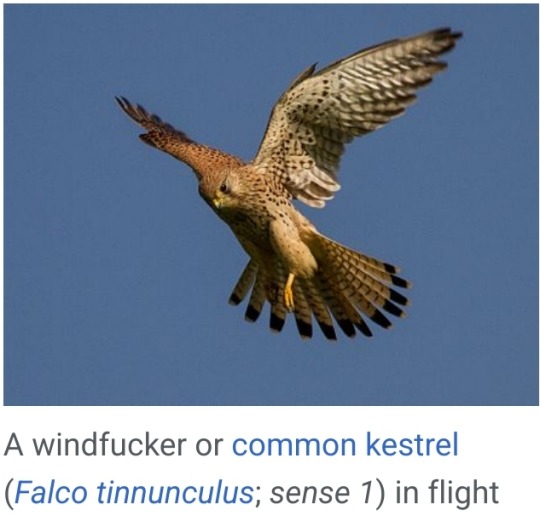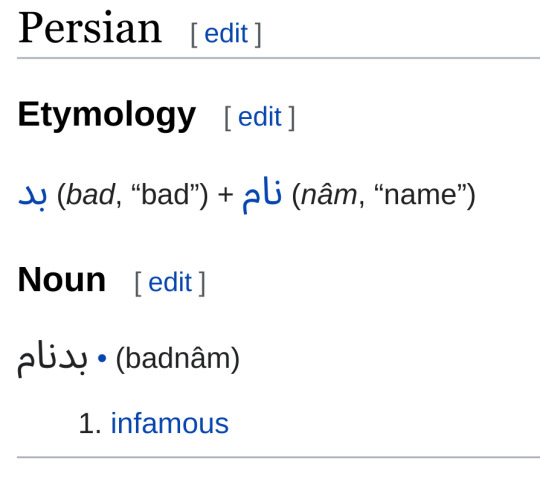#wiktionary
Text
A while ago, I discovered an old meaning of the word "perverted", and I added it to Wiktionary. Here's my definition, with the two demonstrative quotes I included.

Unless you've read Maxwell, there's basically no way you've heard the term. It wasn't even common in its day. But recently I realized that I've actually sort of heard this use, in a way, and so have you. Look at this ribbon.

At the point this twisted ribbon crosses the dotted line, it reverses chirality. Each side is a sort of mirror image of the other. The name for this phenomenon of a twisted object reversing chirality, you will remember, is "tendril perversion".
5K notes
·
View notes
Text
i want the wikipedia IPA guy to read my eulogy to my grieving friends and family in his iconic comically disinterested tone
118 notes
·
View notes
Text
Comments by people about how disappointed they are to hear that Etymonline is a pretty bad source for (English) etymology make me realize how spoiled we are in Slovene with the (relative) quality and accessibility of etymological dictionaries.
There are three (modern) etymological dictionaries for Slovene: the standard work by Bezlaj, Furlan and Snoj, ESSJ (Etymological Dictionary of the Slovene Language; 4 volumes + indices; begun by Bezlaj in 1976, joined in the following volume (1982) by his student Snoj and in the third and fourth also Furlan (1995, 2005); Bezlaj died in 1994); Snoj's more "popular science" version, SES (Slovene Etymological Dictionary, 1st edition in 1997, 3rd in 2016, available online); Furlan's much more rigorous and dialectally oriented NESSJ (New Etymological Dictionary of the Slovene Language; trial folio in 2013, online publication since 2017).
As mentioned, SES and NESSJ are available online, though the very limited scope of NESSJ means that SES is the usual reference. There are talks about putting ESSJ online as well, but there are some issues with rights and Bezlaj's family etc.
Before illustrating the differences between the various Slovene and English sources for etymology, a few notes on what a good etymological dictionary entry should include:
philological documentation (current meaning, phonetic/phonological information (incl. suprasegmental features), morphological characteristics (inflection, gender), word family (derivatives, parallel formations), attestation (historical sources), onomastic material (esp. anthorponymy and toponymy)
comparative material (cognates or related words in closely related languages and in the wider language family)
etymological explanation (word form at the moment of creation, morphemic structure, meaning and semantic motivation)
To demonstrate the differences between the dictionaries, it's best to consider their entries for the same words:

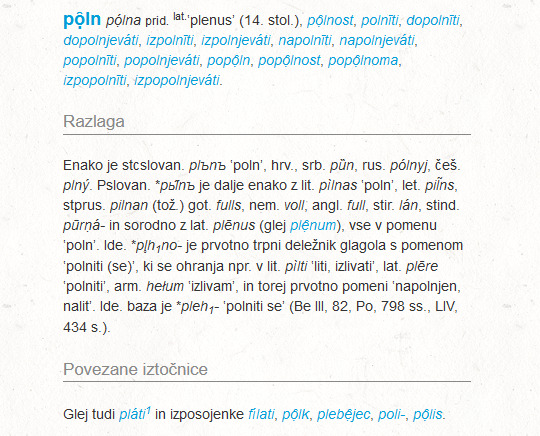
— ESSJ, SES
poln, adj. 'full' in ESSJ and SES. NESSJ does not have this word.
ESSJ includes more information on Slovene historical and dialectal attestation, as well as all the existing forms in other Slavic languages.
SES, on the other hand, besides the relevant derivations only includes those Slavic languages that are more relevant for the Proto-Slavic reconstruction.
It is important to note that this entry from ESSJ is from the third volume, which systematically takes into account the findings of the laryngeal theory (you can see that the reconstruction of the PIE root in ESSJ is *pelH-, with a laryngeal, even if it is not specified which one; cf. the update in SES with *pleh₁-). The first two volumes do not, however, and are therefore in many ways superseded by the entries in SES, even if those are otherwise less rigorous.
***at this point I should note that I'll gladly(!) translate all the Slovene entries if anyone wants me to do so, but I'm not going to do it if no one asks because there are quite a few of them here
Compare the entries in popular English online sources for etymology – Wiktionary and Etymonline; and then also Kroonen's Etymological Dictionary of Proto-Germanic for comparison:

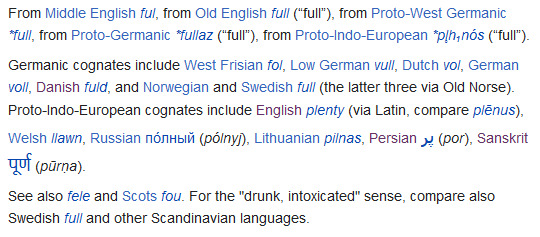


— Kroonen, Wiktionary, Etymonline 1, 2
The Wiktionary entry for full is roughly on par with SES, while Kroonen's Germanic material is more comprehensive. Etymonline, however, shows no trace of the laryngeal theory and when looking at the cognates listed under the root, it's like they've never heard of a diacritic either (except in Old Norse "fjöl-", even though ö is not normally used for Old Norse – ǫ is) – even though those are often crucial! –, not to mention fully replacing ə with e in what should be Avestan pərəna- ...
To also include NESSJ, the word for 'birch' will be used, but first the entries for this word in the already mentioned dictionaries:


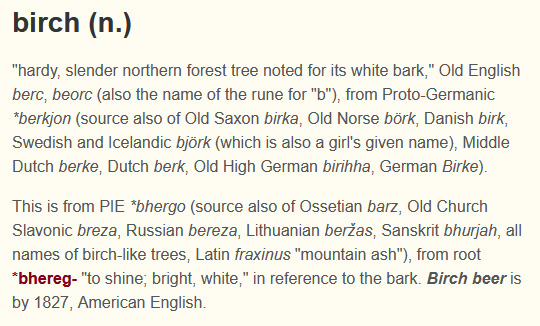
—Kroonen, Wiktionary, Etymonline
Again the Etymonline entry just does not compare – it's not just that the PIE reconstruction is non-laryngeal, it's also plain wrong because it has *g instead of *ǵ; also again with the diacritics ...


— ESSJ, SES
As you can see, this entry is from the first volume of ESSJ and thus also non-laryngeal. It is still more comprehensive in terms of material, but the explanation in SES is more up-to-date.
The entry in NESSJ simply does not compare to the ones above – it is more in line with a dictionary like the Etymological Dictionary of Slavic Languages (ÈSSJa) in the amount of information it includes, which means that it is so long that I will put it under the cut:

— NESSJ
You can see that this entry includes much more dialectal and historical material and discusses in depth its historical morphology and types of derivation, finally constructing its diachronic word-family.
And since I mentioned it, here's also the ÈSSJa entry for 'birch':

— ĖSSJa
As it is from the very first folio, from 1974, the explanation is non-laryngeal, as in ESSJ. Compared to NESSJ, it includes (literally) a couple more Slavic languages: Slovincian and Polabian, though understandably no further dialectal material, which NESSJ includes specifically for Slovene. ÈSSJa, as a rule, doesn't reconstruct accentual paradigms for Proto-Slavic, while on the other hand, some of the discussion in NESSJa specifically concerns the question of accentual features of the discussed word and its IE word-family. NESSJ is also more explicit in the discussion of the models of derivation and morphological variants.
32 notes
·
View notes
Text
Found a deemed-lost Disney Fairies official Flash game
I learned less than 24 hours ago that a full version of Hopeful's Quest had been saved, recovered, and made available 3-4 years ago. So I gave myself a challenge: Could I recover the 2nd of the two significant Ring of Belief-era Discover Pixie Hollow, which had been considered lost to this day?
Answer: For the most part yes.

I figured out how to get both Ruffle and the Adobe Flash Player "Projector Content Debugger" version to play the game from the only currently known online raw hosting of it, which is the somewhat awkwardly looking link to it at VseigruNET, by pasting the URL into either of the Flash player tools.
As the game has 3 SWF files that depend on each other in order to run correctly, downloading the SWF game locally, let alone compile it for re-hosting on e.g. Flash Museum, is easier said than done, or as is said in Norway (and which I've added to Wiktionary under some doubt from their moderators), it isn't only only.
#disney#games#disney fairies#fairy#fairies#lost media#it's my lucky day#tinker bell movies#ring of belief#wiktionary#flash games#adobe flash
15 notes
·
View notes
Text
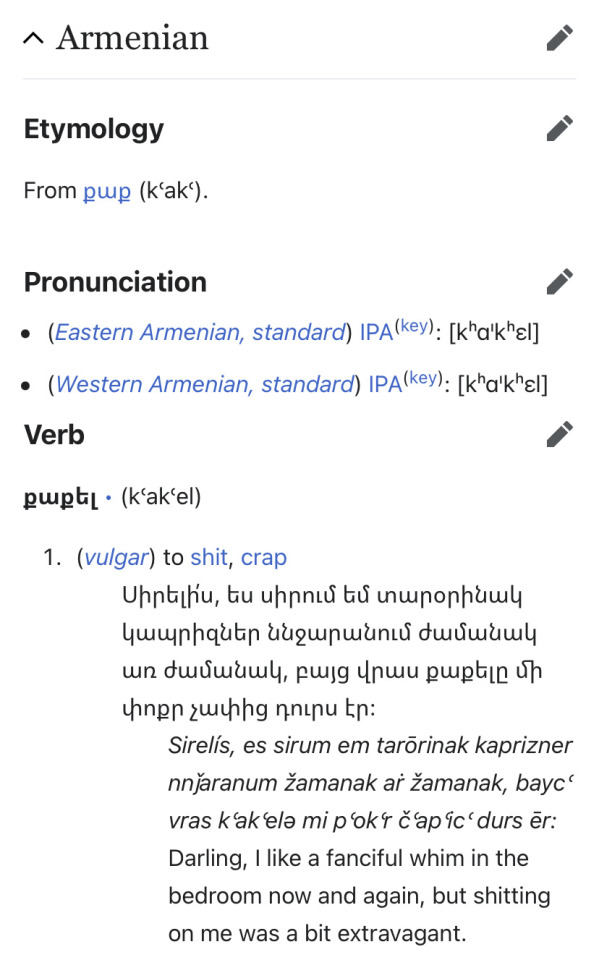
Was this really the best excerpt to choose for an example 😟
67 notes
·
View notes
Text

HARDER
WETTER
FASTER
STRONGER
17 notes
·
View notes
Text
If you don't use Wiktionary regularly, maybe you are missing something. Something that is free and very helpful.
Wiktionary, an online multilingual dictionary created and maintained by Wikimedia, is one of the tools I use literally every day. I consult Wiktionary for both my language learning and teaching tasks. It has become irreplaceable to me because the information it contains is so much more than just words and their translation! In this article, I’ll show you how to use Wiktionary to learn more than just new words.
69 notes
·
View notes
Text
... what the ██ is "stimming"? The act of applying a stim-pack?
Wiktionary, help me out here.
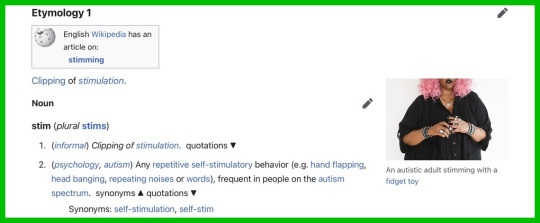
...

What the absolute ██?! Yo, people need to stop ███ violating the English language like this. There's already a perfectly fine word for this kind of thing: "fidgeting".
Why the hell do people keep doing this ██? Seriously…
#screen captures#Wiktionary#words#English words#stim#stimming#what the hell#no#stop destroying language
2 notes
·
View notes
Text
I adore how Wiktionary presents itself just as professionally as Wikipedia does, and since they're both from Wikimedia, they're both made, like, by the masses
that also means that a lotta their examples are pulled off the actual Internet
so you get stuff like this:
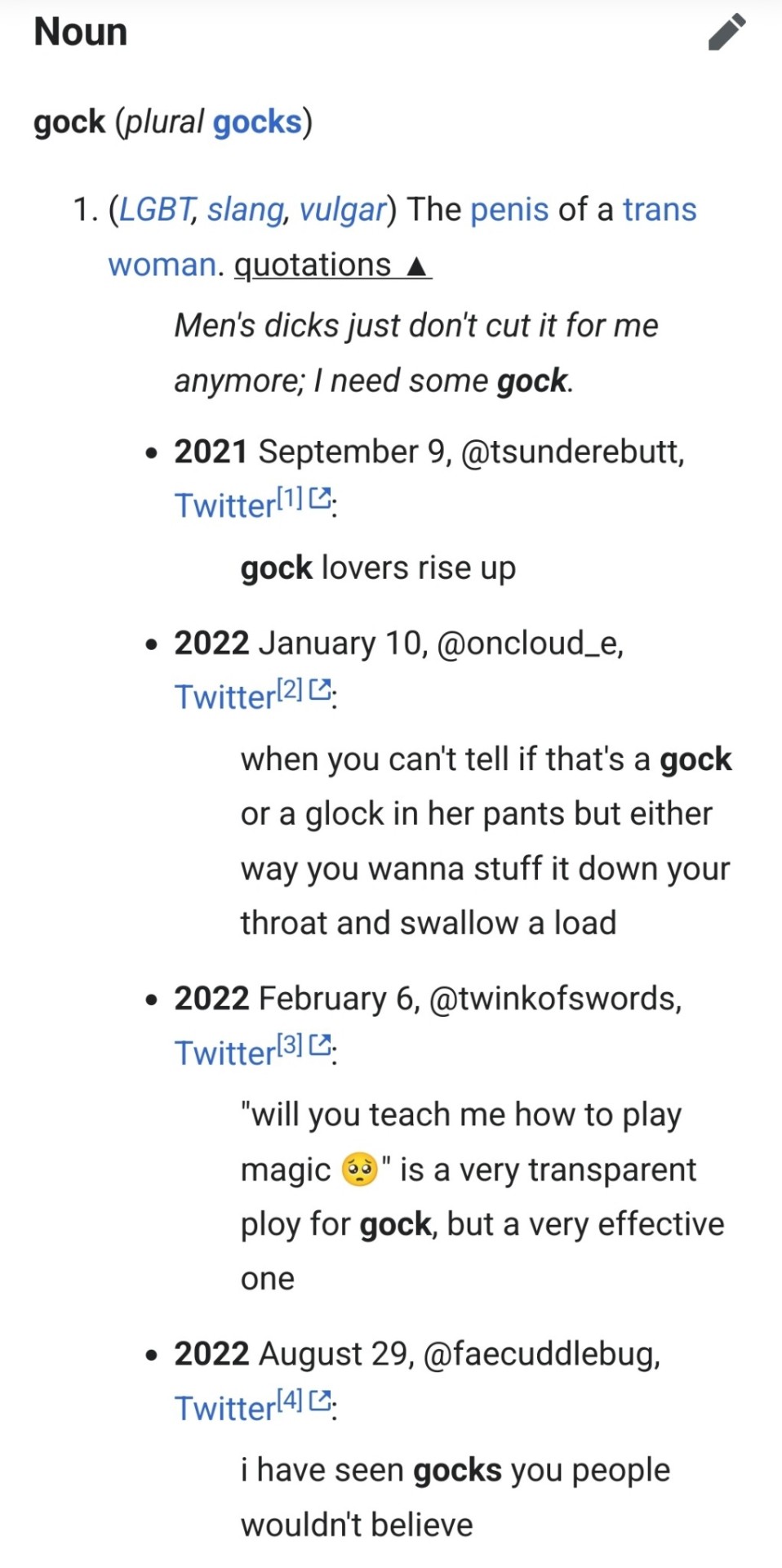
293 notes
·
View notes
Text
this link gives you a random japanese onomatopoeia
what did you get?
3 notes
·
View notes
Text
i love you Wiktionary marry me Wiktionary
3 notes
·
View notes

